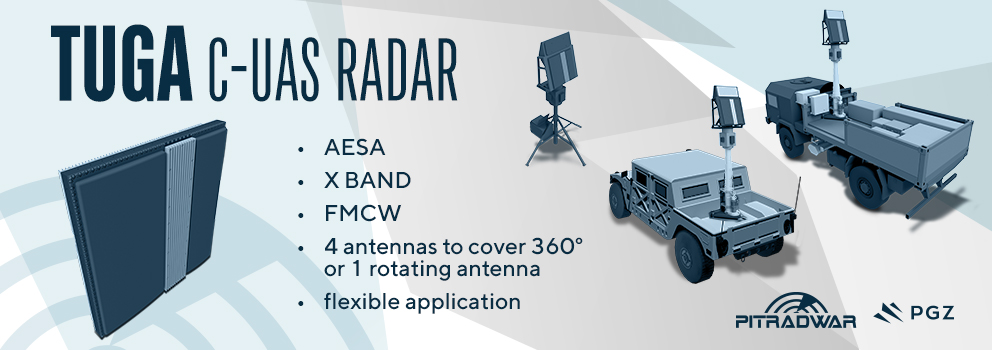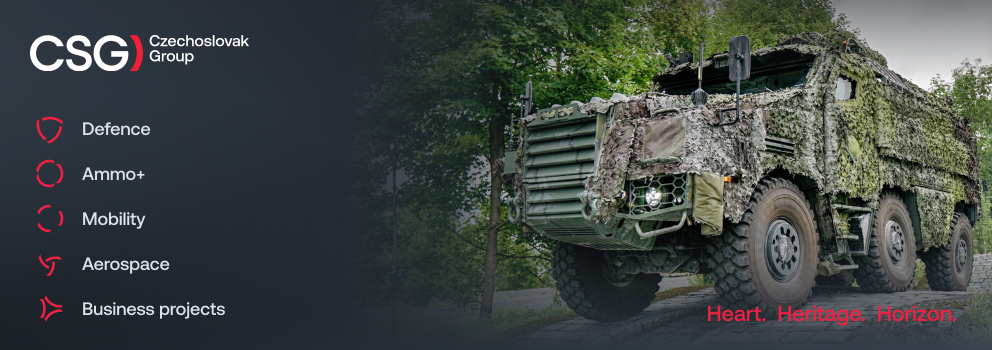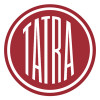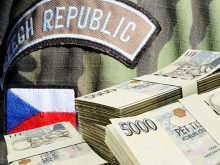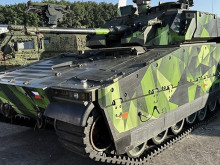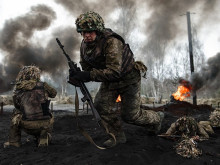The risk of a false sense of security about the war in Ukraine
Almost three and a half years have passed since Russia launched its full-scale invasion of Ukraine, and eleven years since its invasion of Crimea and open support for separatists in the eastern regions of Donbas and Luhansk. If we want to go even further and – like a handful of analysts and political scientists – consider Russia's invasion of Georgia as a "turning point" in its expansionist efforts, it has been seventeen long years. That is plenty of time to rethink the entire defense concept and take corrective measures. Nevertheless, much of Europe has been relatively "cautious" when it comes to seriously building its defense architecture and capabilities. Caution here means a slower pace, a lack of seriousness, and a somewhat aloof attitude at the societal level. The Czech Republic is, unfortunately, a good example of this. But is this surprising?
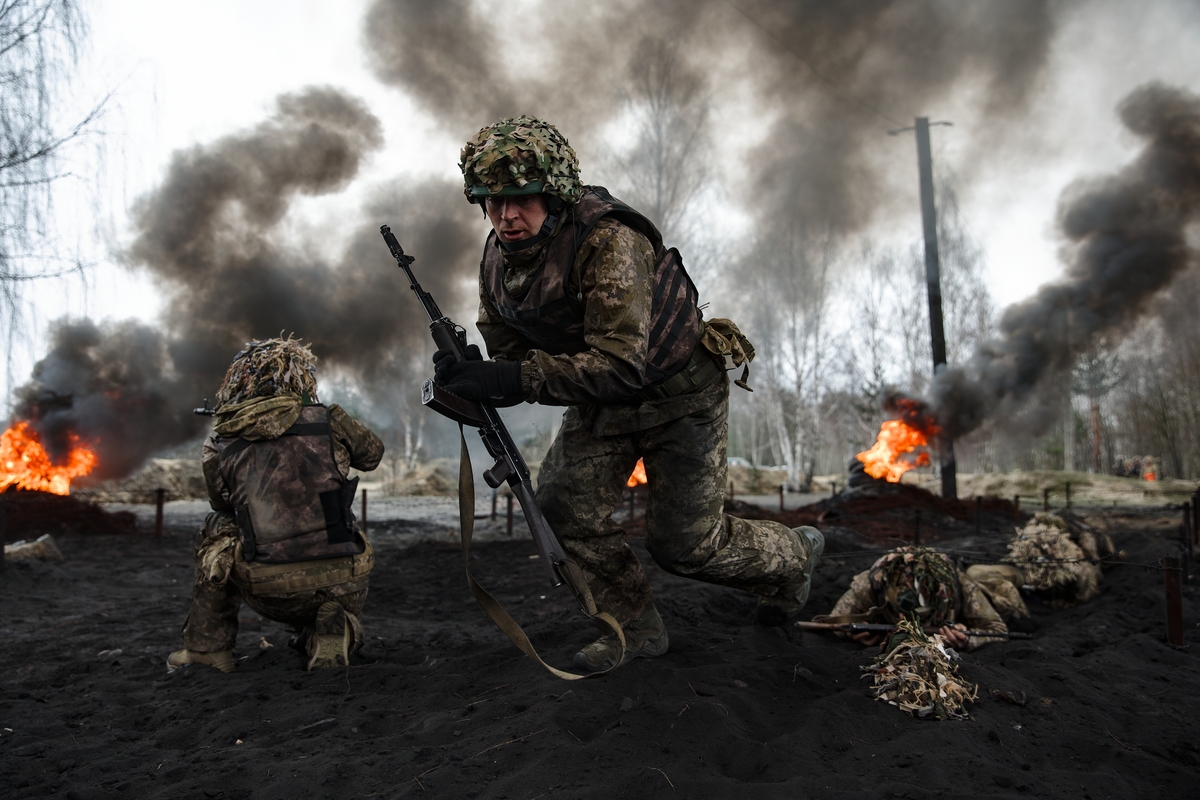
Even after its significant downsizing after 2000, the Czech Army still represented a relatively large force focused on conventional warfare. Although it was outdated in many areas and needed to be transformed and modernized in line with Western standards, its starting position was not critical. The critical moment came with the global financial crisis in 2007, which led to massive cuts in defense budgets. And although this may have seemed reasonable at the time, it became more of a trend than a situational budgetary solution. The defense budget fell below 1% of GDP.
There was a twofold problem here. The first was the actual funds that did not go toward defense—scars that are still visible today in the state of our army. The second problem showed how little Czech society valued building its defense and how seriously it took threats. It must be said that this should come as no surprise. At the time of the "end of history" (after the end of the Cold War), conflicts were taking place in various places, including Europe, but for Europeans and the "West" in general, these were distant, local conflicts that were almost irrelevant to their daily lives. With very few exceptions, low defense spending became a pan-European trend. In addition, the September 11 attacks and the rise of extremist activities linked to radical Islamism tied Western armies to counterterrorism and stabilization operations. This meant not only a presence in the Middle East and North Africa, but also a transformation of forces with a priority on COIN (counterinsurgency) operations, which resulted in a decline in the build-up of forces for the needs of high-intensity near-peer conventional conflict on the European continent. It should be noted that although the Czech Armed Forces resumed preparations for conventional conflicts in 2014 (following the invasion of Crimea), they did so with a limited defense budget and little interest from society as a whole. These factors meant that not only our defense, but European defense as a whole, was ill-prepared in 2022 for the threats that became much more tangible that year.
More than three years have passed since the full-scale invasion of Ukraine. Has there been a significant shift during this time? The morning of February 24, 2022, was a shock for many, shaking our perceptions of the world we live in. Belief in eternal peace collapsed, and there was a realization of the danger of the "peace dividend"—that is, underfunding of defense—and fear was palpable as Ukraine was expected to fall quickly. Fortunately for us, this did not happen. Ukrainian forces stopped the advancing Russian columns, fought several decisive battles, and pushed back the invading armies.
Today, fighting is taking place in eastern Ukraine, where the war has entered a phase of attrition, characterized by trenches and drones. However, thanks to longer-range ammunition, such as larger drones and flat-trajectory missiles, even the Ukrainian rear is not spared... Kyiv, Odessa, and Lviv, for example, remain targets. And in the west? For many, the fear and shock have subsided. The successful Ukrainian resistance has dulled the fear of the military threat that the Russian Federation unfortunately still poses. The blood shed by Ukrainians has lulled many back to sleep.
Achieving 2% of GDP for defense last year is certainly an achievement, but on the other hand, it is a commitment corresponding to 2014, when the risks and urgency were lower. Given the extent of the obsolescence of the Czech Armed Forces' equipment and infrastructure, 2% of GDP does not allow for a massive qualitative and quantitative strengthening in the short term, as shown by the KVAČR 2035 (Concept for the Development of the Czech Armed Forces), which sets the achievement of the basic capabilities of a modernized army for 2030 and the finalization of modernization and the acquisition of a complete range of new capabilities for 2035. It must be reiterated that "2% of GDP is the floor, not the ceiling."
The situation in the defense industry, which is literally inundated with orders from European countries seeking to strengthen their armed forces, further emphasizes the need for adequate funding, both in terms of prices and delivery times. As a result, in order to modernize the Czech Armed Forces more quickly, it is necessary to increase the defense budget and support the development of our defense through systematic and comprehensive measures at the national and societal levels. The defense of the country is not the sole domain of the professional army—and time is not on our side.
Why? The answer is simple. The international security situation is not improving, and less than 300 km from our borders, which is less than the distance from Prague to the eastern part of the country, the largest conflict since World War II has now been going on for three and a half years. A country that has placed us on its list of enemies is using physical force to gain territory belonging to a sovereign state. We are talking about a war of conquest in our vicinity, where we also have allied commitments not only to our Baltic allies, who rightly feel threatened. Poland and the Baltic and Scandinavian countries are investing record amounts in their defense.
If we want to respond to the deteriorating security situation, we must strengthen the deterrent potential of the Alliance's eastern flank while maintaining or even increasing our foreign policy relevance in the region. In practice, this means keeping pace with our neighbors and countries in the region, ceasing to be lulled into a false sense of distance and therefore complete security, and working in a completely pragmatic manner, without provoking fear, to strengthen the overall concept of the Czech Republic's defense capabilities and resilience so that we are prepared for as many possible future scenarios as possible.
